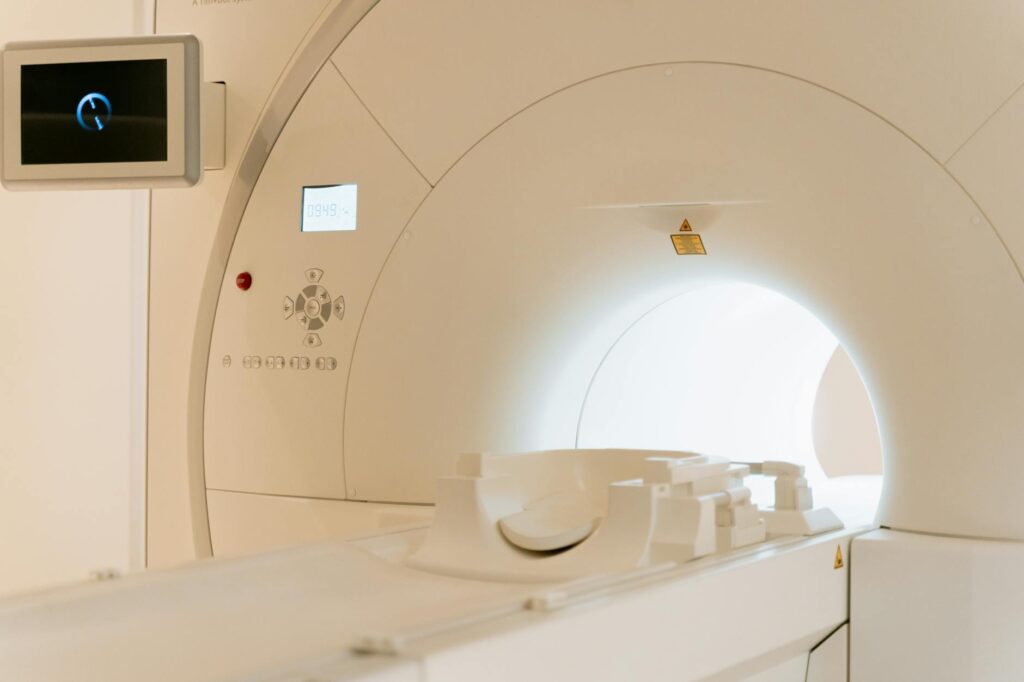What is technology impact assessment?

What is technology impact assessment?
In today’s fast-paced world, technology is evolving at breakneck speed. With this rapid advancement comes the need to understand its implications on society, the economy, and the environment. This is where technology impact assessment (TIA) steps in. TIA is a structured approach that helps evaluate the potential effects of a new technology before it’s fully implemented. It’s essential for anyone looking to navigate the complexities of modern technology while ensuring responsible and sustainable outcomes.
Understanding Technology Impact Assessment
Technology impact assessment is a systematic process that evaluates how a new technology can affect various aspects of life. This includes social structures, economic conditions, and environmental factors. TIA helps organizations and governments make informed decisions by examining both the positive and negative consequences of technological innovations.
For example, think of TIA as a GPS for technology deployment. Just as you wouldn’t drive without knowing the route, you shouldn’t implement new technology without understanding its potential impacts. This foresight is crucial in aligning technology with community needs and values.
Purpose of Technology Impact Assessment
Why is technology impact assessment so vital? In short, it informs decision-making processes. Whether you’re a business owner assessing new software or a government body considering a new infrastructure project, TIA provides a framework to evaluate the implications comprehensively.
In a professional context, TIA can reveal insights into how a new technology might affect employee productivity or customer satisfaction. On a personal level, it can help individuals evaluate the benefits of adopting new tech in their daily lives. Essentially, TIA acts as a compass in your technology journey, guiding you toward choices that maximize benefits while minimizing risks.
Key Components of Technology Impact Assessment
A thorough technology impact assessment comprises several key components:
-
Social Impact: This aspect analyzes how technology affects communities and social interactions. For example, does a new app enhance communication or create barriers?
-
Economic Impact: This evaluates the financial implications of adopting a new technology. Will it lead to job creation or job displacement?
-
Environmental Impact: This examines the potential effects on the natural world. For instance, does the technology contribute to pollution, or is it sustainable?
By considering these elements, TIA provides a holistic view of the technology’s potential consequences, ensuring that all stakeholders—ranging from business leaders to community members—are represented in the assessment.
The Process of Conducting a Technology Impact Assessment
Conducting an effective technology impact assessment involves several steps, each critical to obtaining accurate results.
Identifying Stakeholders
The assessment begins with identifying all relevant stakeholders. These can include users, community members, industry experts, and policymakers. Engaging these groups ensures that diverse perspectives are considered, leading to a more comprehensive understanding of potential impacts.
Collecting Data and Evidence
Next, you’ll need to gather qualitative and quantitative data. This could involve surveys, interviews, focus groups, or data from existing research. The goal here is to obtain a well-rounded view of how the technology might affect different groups.
Evaluating Outcomes and Impacts
Once the data is collected, the next step is to analyze it. This involves looking for patterns, trends, and correlations that indicate potential impacts. For example, if you’re evaluating a new communication tool, you might analyze how it affects team collaboration and productivity. This step is pivotal, as it lays the groundwork for informed decision-making.
Applications of Technology Impact Assessment
Technology impact assessments have practical applications across various fields, including education, healthcare, and business.
Technology Assessment in Education
In educational settings, TIA can significantly enhance learning environments. By assessing new educational technologies, institutions can determine how these tools might improve engagement and knowledge retention. For instance, integrating virtual reality into a classroom can provide immersive learning experiences, but TIA helps evaluate its accessibility and effectiveness.
Business Technology Assessments
Businesses utilize technology impact assessments to improve operations and achieve strategic goals. For instance, before implementing a new customer relationship management (CRM) system, a company might conduct a TIA to evaluate how it can enhance customer service. This proactive approach can lead to better investment decisions and higher returns.
Conclusion and Future of Technology Impact Assessment
In summary, technology impact assessment is a crucial tool for navigating today’s complex technological landscape. It empowers individuals and organizations to make informed decisions that align with their values and goals. As technology continues to advance, the relevance of TIA will only grow, serving as a guiding light in ensuring that innovations benefit society, the economy, and the environment.
By embracing technology impact assessment, you can take control of your technological journey, ensuring that you harness the power of innovation responsibly. The future is bright for those who prioritize thoughtful and informed tech integration.

Photo by MART PRODUCTION